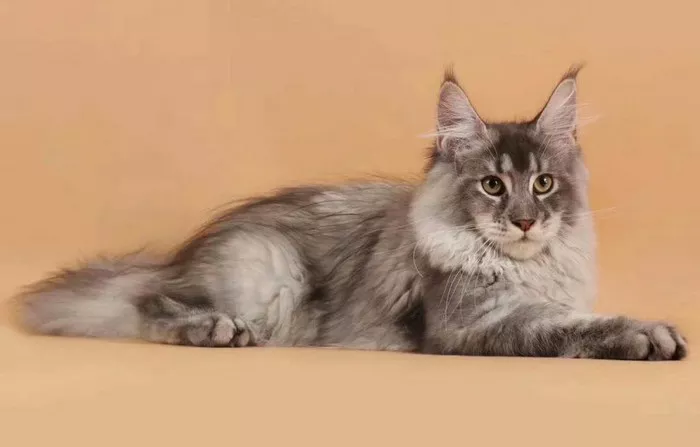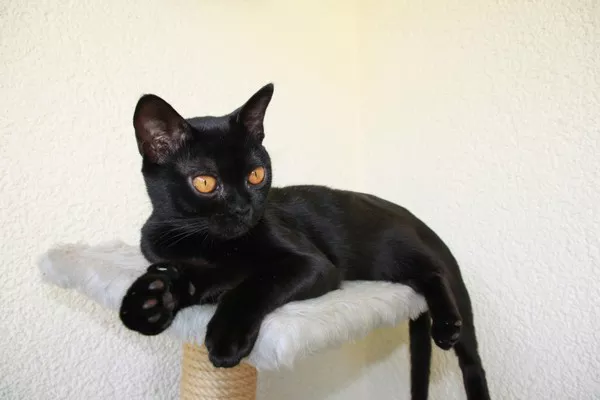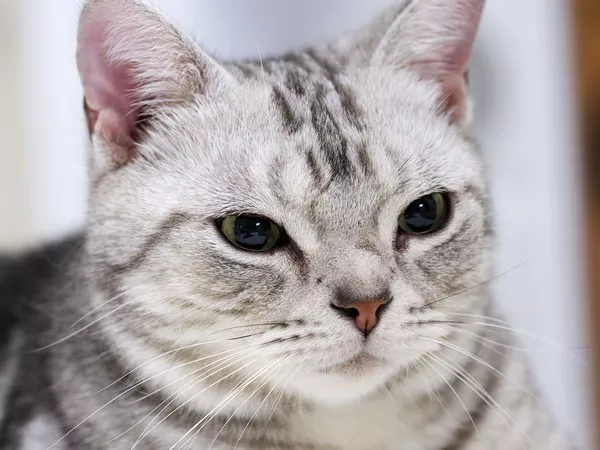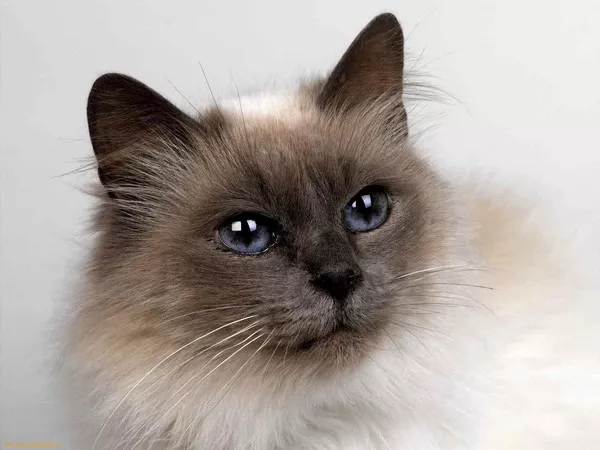Clipping a cat’s nails is a routine part of feline care, promoting both the cat’s well-being and safeguarding owners from unintentional scratches. However, a common concern arises when a cat’s nails are clipped too short, leading to discomfort and potential complications. In this comprehensive guide, we delve into the reasons behind cats‘ nails being clipped too short, the signs of discomfort, and practical steps to address and prevent this issue. Understanding the intricacies of cat nail care is crucial for cat owners and professionals alike, ensuring a positive and stress-free experience for both cats and their caregivers.
The Importance of Cat Nail Maintenance
Before exploring the challenges of clipped cat nails too short, let’s emphasize the significance of regular cat nail maintenance. Cats use their claws for various purposes, including climbing, scratching, and hunting. While these natural behaviors are essential for their physical and mental health, untrimmed nails can pose concerns for both cats and their human companions.
Preventing Scratches: Cats may unintentionally scratch their owners or other pets during play or when seeking attention. Regular nail trimming helps mitigate the risk of scratches, fostering a harmonious relationship between cats and their human family.
Avoiding Injury: Overgrown nails can lead to discomfort and potential injuries for cats. Cats might catch their nails on surfaces, causing tearing or, in severe cases, affecting their ability to walk comfortably.
Health of the Paws: Proper nail care contributes to overall paw health. Long nails can alter the cat’s gait and put undue pressure on the joints, potentially leading to musculoskeletal issues.
Preventing Ingrown Nails: Regular trimming reduces the likelihood of ingrown nails, a painful condition where the nail grows into the pad, causing pain and infection.
Understanding the Anatomy of a Cat’s Claw
To comprehend why a cat’s nails might be clipped too short, it’s essential to understand the anatomy of a cat’s claw. A cat’s nail consists of the following components:
Cuticle or Sheath: The outer layer covering the nail, commonly referred to as the cuticle or sheath, protects the delicate structures underneath.
Quick or Blood Vessel: The quick is the pinkish area within the nail that contains blood vessels and nerves. Clipping into the quick can cause bleeding and pain.
Hard Outer Claw: The outer, hard part of the claw is what owners trim during a nail-clipping session.
Understanding the location and structure of these components is crucial for cat owners to avoid cutting into the sensitive quick while trimming the nails.
Common Reasons for Cat Nails Being Clipped Too Short
Several factors contribute to cat nails being clipped too short, and awareness of these factors can help cat owners prevent this issue. Some common reasons include:
Inexperience: Cat owners who are new to nail trimming may lack the confidence or knowledge to gauge the appropriate length, resulting in over-clipping.
Fear or Resistance: Cats that resist or fear nail trimming may cause their owners to rush the process, increasing the likelihood of over-clipping.
Lack of Proper Tools: Using inappropriate or dull nail clippers can make it challenging to achieve a clean and controlled cut, leading to accidental over-clipping.
Limited Visibility: Poor lighting or difficulty in visualizing the quick due to a cat’s dark-colored nails can contribute to over-clipping.
Cat’s Movement: A restless or uncooperative cat may make it challenging to maintain control during the nail-trimming process, increasing the risk of over-clipping.
Stress or Anxiety: Cats experiencing stress or anxiety may exhibit heightened sensitivity, making them more prone to discomfort during nail trimming.
Signs of Discomfort in Cats with Clipped Nails Too Short
Recognizing the signs of discomfort in cats with clipped nails too short is essential for cat owners to address the issue promptly. Cats may exhibit the following behaviors or symptoms:
Limping or Favoring a Paw: Cats with nails clipped too short may limp or favor a paw. This behavior indicates pain or discomfort, and owners should observe their cat’s gait closely.
Avoiding Weight-Bearing: If a cat avoids putting weight on a particular paw or consistently lifts it, it may be experiencing pain or sensitivity in the nails.
Excessive Licking or Chewing: Cats in discomfort may engage in excessive licking or chewing of their paws. This behavior is an attempt to alleviate pain or irritation.
Vocalization: Some cats may vocalize or meow more than usual when their nails are clipped too short. This vocalization is a sign of distress or pain.
Aggressive Behavior: Cats in pain may exhibit aggression, especially when their paws are touched or manipulated. Aggressive behavior serves as a protective response to perceived threats.
Changes in Behavior: A cat’s overall behavior may change, with signs of stress, anxiety, or withdrawal. These changes can indicate that the cat associates discomfort with specific activities or interactions.
Addressing Clipped Cat Nails Too Short: Practical Steps
If a cat’s nails have been clipped too short, taking immediate and appropriate steps can alleviate discomfort and prevent further complications. Here are practical steps to address this issue:
Apply Styptic Powder: In the event of bleeding from over-clipped nails, applying styptic powder can help stop the bleeding. Styptic powder contains ingredients like aluminum sulfate that promote blood clotting.
Comfort and Rest: Provide a comfortable and quiet space for the cat to rest. Minimize activities that may exacerbate pain or stress.
Avoid Handling the Paws: Give the cat some time without handling its paws. This allows the cat to recover without further stress.
Consult a Veterinarian: If the cat exhibits signs of persistent pain, bleeding, or if there is uncertainty about the severity of the over-clipping, consult a veterinarian promptly.
Regular Monitoring: Keep a close eye on the cat’s behavior, gait, and overall well-being in the days following the over-clipping. Monitor for any signs of infection or prolonged discomfort.
Gradual Desensitization: For cats that exhibit fear or resistance to nail trimming, consider gradual desensitization. Introduce positive associations with handling the paws, such as treats or gentle massage, to reduce stress during future nail-trimming sessions.
Preventing Over-Clipping in the Future
Preventing over-clipping requires a combination of knowledge, experience, and patience. Here are steps to help cat owners avoid over-clipping in the future:
Education and Training: Educate yourself on the anatomy of a cat’s claw and proper nail-trimming techniques. Consider seeking guidance from a veterinarian or professional groomer for hands-on training.
Use High-Quality Tools: Invest in high-quality nail clippers specifically designed for cats. Sharp, precise clippers make the process more manageable and reduce the risk of over-clipping.
Regular Nail Checks: Regularly check your cat’s nails to monitor their length. Frequent checks help prevent nails from becoming excessively long, reducing the likelihood of over-clipping.
Positive Reinforcement: Associate nail trimming with positive experiences. Use treats, praise, or playtime to create positive associations, making the process more enjoyable for the cat.
Routine Nail Trimming: Establish a routine for nail trimming. Consistent and gentle trimming helps maintain optimal nail length and minimizes the need for significant adjustments.
Seek Professional Assistance: If you’re unsure or uncomfortable with nail trimming, seek professional assistance from a veterinarian or groomer. They can provide guidance and perform the procedure safely.
See Also: Trimming Your Kitten’s Nails with a Nail Clipper
Conclusion:
Clipping a cat’s nails too short can be a challenging experience for both cat owners and their feline companions. However, with a balanced approach to cat nail care, including education, preventive measures, and understanding a cat’s behavior, this challenge can be effectively navigated. Cat owners play a crucial role in maintaining their cats’ well-being, and by prioritizing gentle and informed nail care practices, they contribute to a positive and stress-free environment for their beloved feline friends. Regular nail maintenance, combined with attentive monitoring, ensures that cats can continue engaging in their natural behaviors while minimizing the risk of discomfort or injury related to over-clipped nails.



























